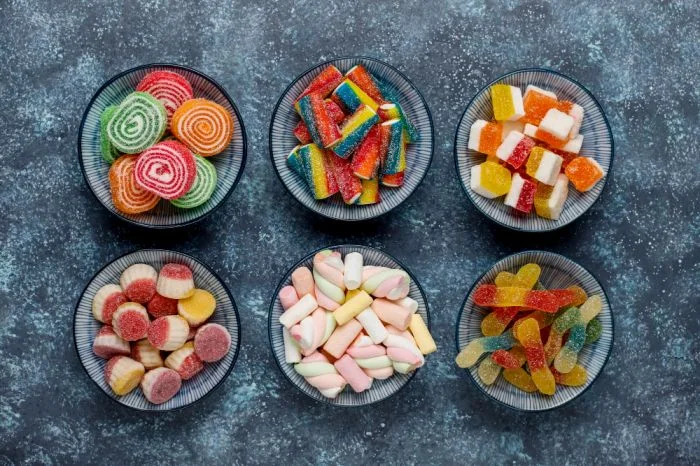How Can You Tell Whether Kale Is Bad?
Last winter, I reached into my fridge for a bunch of kale, only to be hit by a smell that can only be described as earthy gone wrong. I’d bought it just five days earlier, so I assumed it would be fine. Turns out, I was wrong. That incident led me down a rabbit hole of understanding how kale actually behaves as it ages—what’s harmless, what signals spoilage, and how to spot the difference. Because while kale is a nutritional powerhouse, it can be surprisingly fickle when it comes to freshness.
So, how can you tell whether kale is bad? Let’s break it down.
Why It Matters: The Risks of Spoiled Kale
Most people don’t give leafy greens much thought beyond “is it wilted?” But eating bad kale can lead to digestive distress or worse, especially if harmful bacteria like E. coli or Salmonella are involved. According to the CDC, leafy greens are a leading cause of foodborne illness outbreaks. Add to that the cost of wasting produce, and it becomes clear why identifying spoilage early matters—for your health and your wallet.
Visual Signs That Kale Has Gone Bad
1. Dark or Slimy Spots
Fresh kale should be vibrant green and relatively dry. If the leaves have turned dark green to almost black in places or feel slimy to the touch, toss them. Slime usually indicates bacterial breakdown.
Expert Insight: “Moisture accelerates decay. Always store kale loosely wrapped in paper towels,” says Dr. Elise Campbell, a food safety specialist at the University of Leeds.
2. Yellowing Leaves
A bit of yellowing isn’t necessarily dangerous, but it does indicate the kale is past its peak. Yellowed kale is often more bitter and less nutritious.
3. Wilted or Dry Texture
Kale is naturally firm and crisp. If it feels limp or paper-like, it has lost much of its moisture. While not harmful, it may not be pleasant to eat raw.
My Take: I once tried to revive wilted kale in ice water—a trick that works for some greens. For kale, it helped a little, but the texture remained off. Better to sauté it than eat it in a salad.
Smell and Taste: Your Built-In Spoilage Detectors
1. Off-Putting Odour
Fresh kale has a subtle earthy scent. If you notice anything sour, sulphurous, or just plain odd, it’s likely bad.
2. Bitter or Metallic Taste
Kale is naturally bitter, but there’s a line. If it tastes metallic or overly sharp, that’s a red flag. Always rinse it thoroughly before tasting—sometimes residual pesticides or fertilisers can alter the flavour too.
Storage Mistakes That Speed Up Spoilage
1. Storing Wet Kale
Moisture is kale’s worst enemy in the fridge. Always pat it dry before storing.
2. Sealing It Too Tightly
Kale needs a bit of air circulation. Vacuum-packing it or sealing it in airtight containers can trap moisture and promote rot.
3. Ignoring the Freezer Option
If you know you won’t use the kale within a week, freezing it is better than letting it rot. Blanch it first for best texture retention.
Can You Still Eat Slightly Wilted or Yellow Kale?
Yes, but with caveats. If the kale is just a bit limp or slightly yellow, it’s still safe to eat when cooked. Avoid using it raw, as the taste and texture may be unappealing.
Cooking Tip: I often toss older kale into soups or sauté it with garlic and olive oil. It masks the bitterness and softens the texture nicely.
How to Extend Kale’s Shelf Life
- Wrap it in paper towels to absorb moisture.
- Store it in a perforated produce bag in the crisper drawer.
- Keep it unwashed until you’re ready to use it.
- Blanch and freeze excess kale before it turns.
According to a study published in Postharvest Biology and Technology, proper refrigeration at around 1°C can extend kale’s freshness up to 14 days.
FAQs: Quick Answers to Kale Questions
How long does kale last in the fridge?
Typically 5–7 days, but with proper storage, up to two weeks.
Can you eat kale past the expiry date?
If it looks, smells, and feels fine, it’s likely safe. The “expiry date” is often just a sell-by recommendation.
Is it okay to eat kale with a few yellow leaves?
Yes, but it’s best to remove the yellowed bits. They may be bitter or less nutritious.
Can you revive wilted kale?
You can try soaking it in ice water for 30 minutes. It may help slightly, but cooking is often the better choice.
Is frozen kale as nutritious as fresh?
If blanched before freezing, yes. The nutrient loss is minimal.
Final Thoughts: Trust Your Senses
When it comes to kale, your nose, eyes, and fingers are usually your best tools. If it smells off, looks slimy, or feels weird—trust your gut and bin it. The best way to avoid bad kale is to buy only what you’ll use, store it smartly, and get to know its cues.
And hey, if you’ve had your own kale mishaps or have tips for storing it better, I’d love to hear them. What tricks have worked for you?
If you found this guide useful, share it with a friend who keeps forgetting about that bunch of kale in the back of the fridge.
Read Also: How to Freeze Risotto Like a Pro

















